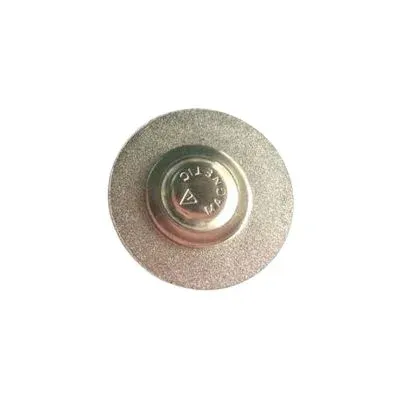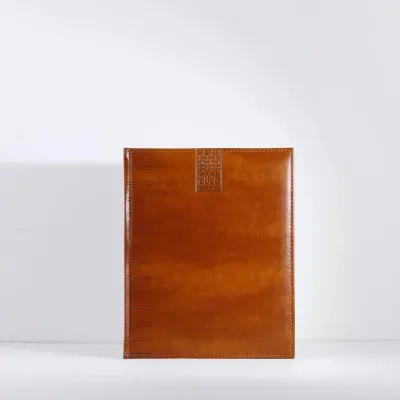Meaning of UAE Flag Colors
What is the Meaning of the UAE Flag Colors?
The flag of the United Arab Emirates (UAE) is a symbol of the nation's identity, unity, and heritage. With its distinctive colors and design, the UAE flag embodies the values, history, and aspirations of its people. This article will delve into the rich symbolism and history behind the flag of the UAE.
Design and Colors
The flag of the United Arab Emirates consists of four horizontal stripes of green, white, black, and red, with a vertical band of red on the hoist side. The colors have significant meanings, each representing different aspects of the nation's history, culture, and values.
The flag of (UAE) consists of four colors: red, green, white, and black. Each color holds a symbolic meaning;
-
Red: The red color in the UAE flag is also associated with the Arab Liberation Movement, which sought to unite Arab nations during the Arab Revolt against the Ottoman Empire in the early 20th century. Red traditionally symbolizes courage, strength, and valor, reflecting the determination of the Emirati people to defend their homeland and preserve their heritage.
-
Green: The green color in the UAE flag represents the country's agricultural heritage and its connection to the land. It symbolizes fertility, growth, and prosperity, highlighting the importance of agriculture in the nation's history and economy. Additionally, green is considered a sacred color in Islam and has spiritual connotations, reflecting the country's strong Islamic traditions.
-
White: The white color in the UAE flag represents purity, peace, and honesty. It signifies the UAE's commitment to peace and harmony both domestically and internationally. The color white is also associated with righteousness and integrity, reflecting the country's emphasis on moral values and ethical principles.
-
Black: The black color in the UAE flag represents the strength and power of the UAE's leaders and people. It symbolizes the determination and resilience of the Emirati population in the face of challenges and adversity. Black is also associated with the Bedouin heritage of the region, representing the nomadic tribes that inhabited the Arabian Peninsula.
It's important to note that the symbolism and interpretation of flag colors can vary and may have additional cultural or historical significance. The colors of the UAE flag were chosen to reflect the values, aspirations, and identity of the country and its people, and they serve as a powerful symbol of national pride and unity.
History and Evolution
The design of the UAE flag dates back to December 2, 1971, when the federation was formed by the joining of seven emirates: Abu Dhabi, Dubai, Sharjah, Ajman, Umm Al-Quwain, Fujairah, and Ras Al Khaimah. The flag was officially adopted on the same day, marking the unity of these emirates into a single nation.
The original design of the flag featured the Pan-Arab colors of red, green, white, and black, which were widely used in flags of Arab countries during the period of decolonization and the rise of Arab nationalism. These colors were chosen to symbolize Arab unity and solidarity.
However, in 2008, the UAE government introduced a slight modification to the flag's design, altering the shade of red to match the Pantone color 186, which is commonly used in the flags of other Gulf Cooperation Council (GCC) countries. This change aimed to promote greater unity and harmony among the member states of the GCC.
Symbolism and Significance
The flag of the United Arab Emirates is more than just a piece of cloth; it is a powerful symbol that evokes national pride, unity, and identity. Its colors and design embody the values, history, and aspirations of the UAE's people, reflecting their commitment to peace, prosperity, and progress.
The flag serves as a unifying force, bringing together people from diverse backgrounds, cultures, and traditions under a common emblem of nationhood. It represents the collective achievements, struggles, and aspirations of the UAE's citizens and residents, regardless of their ethnicity, religion, or social status.
Moreover, the flag serves as a reminder of the sacrifices made by previous generations to secure the nation's independence, sovereignty, and prosperity. It honors the memory of the UAE's founding fathers and the courageous men and women who have defended the country's borders and principles.
Conclusion
In conclusion, the flag of the United Arab Emirates is a powerful symbol of the nation's identity, unity, and heritage. With its distinctive colors and design, the flag embodies the values, history, and aspirations of the UAE's people, reflecting their commitment to peace, prosperity, and progress. As the country continues to evolve and grow, the flag will remain a timeless emblem of national pride and unity, inspiring future generations to uphold the principles of tolerance, diversity, and solidarity.
Featured Products - Highlighted Selections - Standout Products We Love
Our featured products are special products liked and recommended by our customers.They are special in design, shape with distinctive values


























